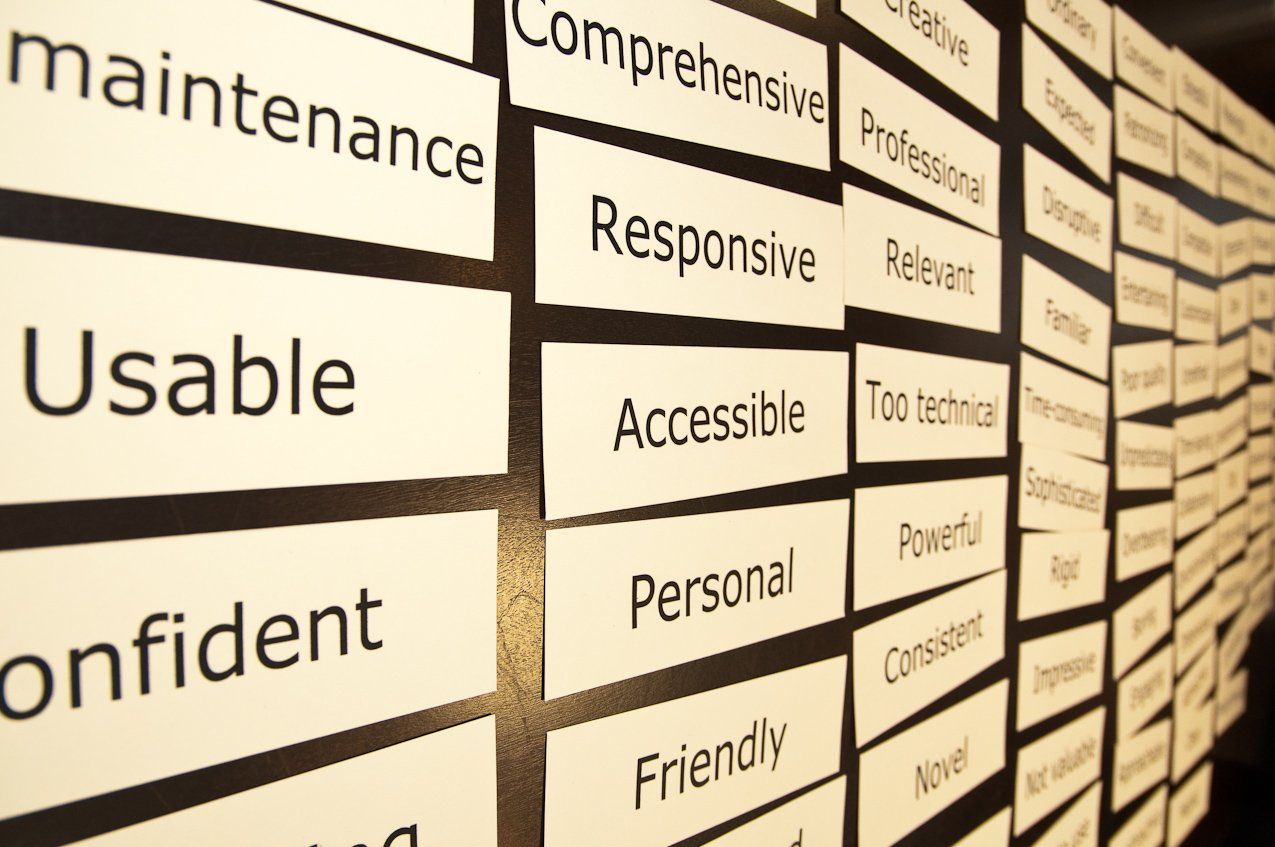UserZoom Survey Finds CEOs Value User Experience
The value of UX design
Good UX design means that products work the way users expect them to.
The good news is that CEOs are increasingly aware of the value of UX research in product development. The bad news is that their Number 1 challenge remains funding for research, coupled with getting the research into the development process. In other words, they know they want it but they continue to find it hard to fund it.
Sound familiar?
Good UX design comes from UX research
Those of us who identify as UX researchers–whether we are in large enterprise organizations, smaller organizations, or operating independently–know that our organizations and clients are often aware of the benefits of user research but don’t always have the resources to support it.
As UserZoom reports:
- Only 29% of enterprises have a VP of Design or Chief Experience Officer, yet
- 70% of CEOs say that user experience is a key competitive differentiator
These findings indicate a problem: most companies don't have a high level officer focused on UX while they also say that UX is a key market differentiator.
UserZoom’s annual survey helps enterprise companies measure their engagement in UX research against the findings from the survey. In the best-case scenario, these results could spur more commitment by enterprise organizations in conducting user research.
UX research platforms vs. UX researchers
While UserZoom’s report is great news regarding the awareness of CEOs about the value of UX research, it's still a troubling fact that UX research is not part of every company's development process.
The presence of online platforms to support unmoderated usability testing provides an easy way into understanding user experience. Now, companies can choose whether they want to use a UX research platform or a UX research person.
How to choose?

UX platforms provide fast results
Access to research platforms like UserZoom or UserTesting, which provide the tools to set up and conduct unmoderated usability testing quickly and efficiently, makes it easy to build user experience into product development. With a monthly or annual subscription, product managers can set up a study whenever a question arises from the designers and have the results in the form of video recordings and visualizations of responses, before the debate over the question grows cold. That’s good for products and good for users.
But is this research better? For some situations, like answering a question about a new feature or getting insights into a finding from website analytics, these tools are timely and helpful.
However, in unmoderated testing situations, the product team doesn’t get to interview the participants before, during, or after the testing takes place. Basically, what you see is what you get in the video recording. And the participants from the platform's "panel" of paid respondents may feel more like "professional" users than your actual users.
UX researchers add value to unmoderated study findings
When the results from using a software platform are in, the design team may have questions about what they saw on the videos. But they can't go back and ask the study participants.
That’s where the role of the human UX researcher is essential. Working with the results of unmoderated usability testing from the UX research platform, the UX researcher can conduct some in-person moderated usability testing sessions to probe in the areas where questions arose from the online testing platform.
These user-experience insights answer the unanswered questions and shape the design in development.
UserZoom’s annual report shows that in-person moderated usability testing, whether conducted remotely or face to face, is still the most commonly performed research.
The role of the UX researcher
The UX researcher is the voice of the user. In that role, the UX researcher can use every tool in the UX research toolkit, applying the right tool or combination needed to support products in every stage of development.
What are some of the UX researcher's tools?
- site visits - getting out into the field for requirements gathering and to understand the user's environment where the product will be used
- card sorting - using a platform like OptimalSort to understand the information architecture of a website based on how users would group and label categories
- customer journey mapping - mapping out the journey a customer takes to understand the whole user experience across all the touch points where users engage with the company
- diary studies - gaining insights from users over a period of days or weeks of engagement with the product
- expert review - using a UX researcher's expertise about usability to identify areas of concern that can be fixed before users engage with the product
- usability testing - conducting moderated in-person and remote usability testing studies in one-on-one sessions with users performing typical tasks
UX research platforms and UX researchers make a winning combination
The services typically provided by automated software platforms are an excellent resource for learning about your users. However, these platforms should not be viewed as a substitute for the work of UX researchers. Rather, they should be viewed as support for user insights that expand a company’s knowledge of user experience.
And, that’s exactly what the UserZoom report found. In comparing last year’s findings to this year, they noted an increase in in-lab, moderated UX research as the most performed method for enterprise teams, which, they state, seems to be at the expense of remote unmoderated testing.
This important finding shows that in-person moderated usability testing, whether conducted remotely or face-to-face, is still the most commonly performed research. It also shows that unmoderated remote testing is a valued research activity.
If the two approaches are not viewed as competitors–but collaborators–for research dollars, it’s a win-win for tools and the people who conduct UX research.
Want more practical insights? Check out these blogs.

Carol Barnum
Carol brings her academic background and years of teaching and research to her work with clients to deliver the best research approaches that have proven to produce practical solutions. Carol’s many publications (6 books and more than 50 articles) have made a substantial contribution to the body of knowledge in the UX field. The 2nd edition of her award-winning handbook Usability Testing Essentials is now available.




